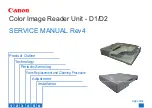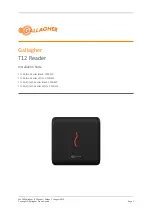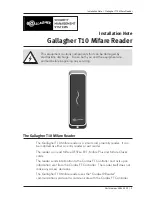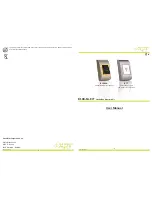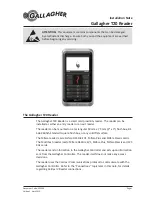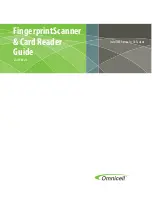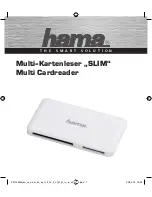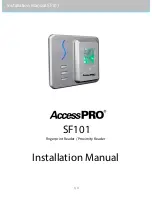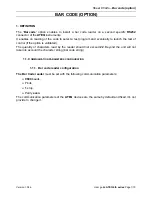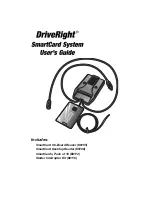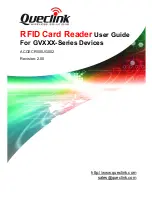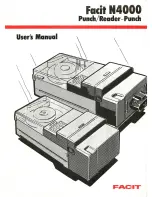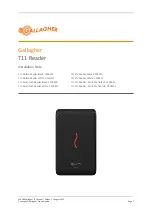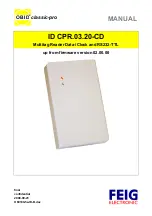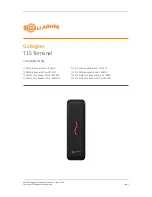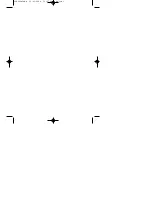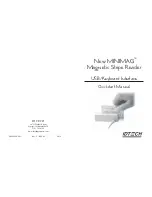
1
MCR1 MEMORY CARD READER
The MCR1 Memory Card Reader is a modified version of the CSM1 Card Storage Module. This manual
only outlines the differences between these two devices, as operation is similar to the CSM1.
1. INTRODUCTION
The MCR1 Memory Card Reader is designed to
read and configure cards used with CSM1 Card
Storage Modules. A typical application is in a
data processing office where it is used to read
cards sent in from one or more stations which
have permanently-installed CSM1 units.
The two main differences between the MCR1
and CSM1 are:
1. The MCR1 has a 25-pin RS232
interface instead of the 9-pin datalogger
interface.
2. The MCR1 has a AC adaptor to supply
power.
In function the MCR1 is identical to the
combination of a CSM1 and SC532 interface,
but it offers a more compact and cost effective
solution for card reading alone.
The MCR1 has the same operating software as
the CSM1. However, with the RS232 interface,
it can only operate in the telecommunications
mode of the CSM1, for communication with a
computer. Using either Campbell Scientific's
CSMCOM program or user-written software it
can read, configure and erase cards. It can also
write datalogger programs from a computer into
a memory card for loading into a datalogger in
the field.
2. SPECIFICATIONS
Please refer to the CSM1 manual for
specifications of the memory cards supported.
Operating temperature:
-25
°
C to +50
°
C
Power supply:
1
6-20 VDC supplied
by attached 110/120
AC adaptor.
Typical current from DC supply
Inactive (RTS low):
16 mA maximum
Active:
30 mA average
Interface type:
25-pin, D-type sub-
miniature socket,
RS232C DCE
interface.
Baud Rate:
2
Supports all standard
rates in the range of
300 to 38400 baud.
RS232 Output levels:
± 5 V minimum, with
3000W load.
RS232 Input levels
Low threshold:
0.8 V maximum
High threshold:
2.0 V minimum
Maximum input limit:
±
30 V
Input resistance:
3500 W minimum
Dimensions:
155 x 90 x 32 mm
Weight w/o AC adaptor:
350 g
Construction:
Anodized aluminium
case. Two LEDs in
case top indicate
power-up status and
data write operations.
1
If required, the AC adapter can be replaced
with a battery (Section 4).
2
Serial data format for telecommunications is
one start bit, eight data bits, no parity and one
stop bit. Potential data read speed using
CSMCOM on a 25 MHz 386 PC, at 38400 baud,
(to hard disk in comma delineated format) is
1500 data values per second.
3. OPERATING INSTRUCTIONS
The MCR1 is used in exactly the same way as
the combination of CSM1 and SC532. It is
connected to a PC serial port using either an
SC25PS or 7026 cable, for connection to
computers with 25-pin and 9-pin connectors
respectively. These cables are suitable for
connecting to computers with DTE serial
interfaces (such as an IBM PC). The MCR1 can
also be connected to a PC201 serial card using











